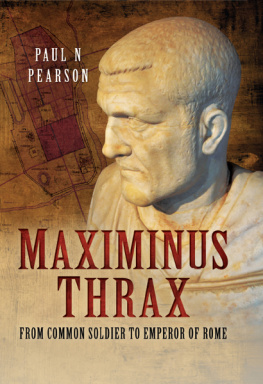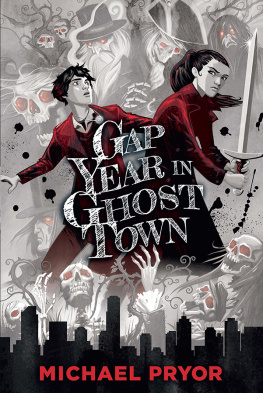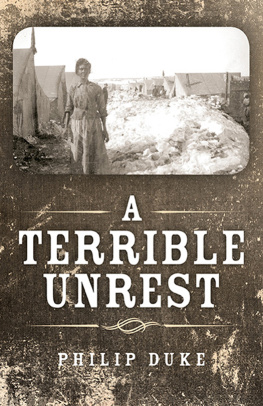
First published in Great Britain in 2016 by
Pen & Sword Military
An imprint of
Pen & Sword Books Ltd
47 Church Street
Barnsley
South Yorkshire
S70 2AS
Copyright Paul N Pearson, 2016
ISBN: 978 1 47384 703 3
PDF ISBN: 978 1 47384 706 4
EPUB ISBN: 978 1 47384 704 0
PRC ISBN: 978 1 47384 705 7
The right of Paul N Pearson to be identified as Author of this work has been asserted by him in accordance with the Copyright, Designs and Patents Act 1988.
A CIP catalogue record for this book is
available from the British Library.
All rights reserved. No part of this book may be reproduced or transmitted in any form or by any means, electronic or mechanical including photocopying, recording or by any information storage and retrieval system, without permission from the Publisher in writing.
Typeset in Ehrhardt by
Replika Press Pvt Ltd, India
Printed and bound in England
By CPI Group (UK) Ltd, Croydon, CR0 4YY
Pen & Sword Books Ltd incorporates the Imprints of Pen & Sword Aviation, Pen & Sword Family History, Pen & Sword Maritime, Pen & Sword Military, Pen & Sword Discovery, Pen & Sword Politics, Pen & Sword Atlas, Pen & Sword Archaeology, Wharncliffe Local History, Wharncliffe True Crime, Wharncliffe Transport, Pen & Sword Select, Pen & Sword Military Classics, Leo Cooper, The Praetorian Press, Claymore Press, Remember When, Seaforth Publishing and Frontline Publishing.
For a complete list of Pen & Sword titles please contact
PEN & SWORD BOOKS LIMITED
47 Church Street, Barnsley, South Yorkshire, S70 2AS, England
E-mail:
Website: www.pen-and-sword.co.uk
Contents
Acknowledgements
I am very grateful to historian and author Harry Sidebottom for taking the time to read the manuscript and discussing various points of interest. Any remaining errors are mine, as is my interpretation of the historical sources. I would like to thank Roy and Lesley Adkins for fostering my interest in archaeology and Roman history at the Beddington villa excavation back in the early 1980s and, more recently, for sound advice on publishing; and Philip Sidnell, Daniel Mersey and Matt Jones for seeing the manuscript through the process at Pen and Sword. Christian Roemer took pity on my lack of German during the tour of the Harzhorn and was then kind enough to read an early draft. I thank Ian Haynes for interesting discussions and a memorable visit to the excavations underneath San Giovanni in Laterano. Lyman and Patricia Gurney have been very helpful regarding text analysis of the Augustan History. Francesca Boldrighini of the National Museum in Rome was very patient with my queries. The British School in Rome supported my research with their excellent library facilities and helpful staff. I am also very grateful to my family, who have endured my enthusiasms over the last few years.
List of Illustrations
).
).
Introduction
T his book is centred on the life of an extraordinary individual, the Roman emperor Maximinus Thrax (the Thracian), but my wider ambition is to use the subject to explore the much neglected history of the early third century in the west and especially the troubled 230s of the Common Era. This was an extraordinary period of struggle and upheaval when the Roman Empire was at its greatest extent and arguably the height of its power but began to face the might of a resurgent Persian Empire in the east. The events related here are every bit as dramatic and the cast of players just as rich as the better-known periods of Roman history of the first centuries BCE and CE, but the deeds and names of the principal characters have hardly permeated modern consciousness: we have all heard of Caesar, Caligula and Nero but who has heard of Severus Alexander, the three Gordians, or of Maximinus Thrax?
The reason for this may be an anomaly of more recent history. The teaching of classical Latin from the Enlightenment onward has focused overwhelmingly on a few great authors from the so-called golden age of Latin literature which runs from Cicero to Ovid, that is, writers who lived and wrote a few decades either side of Year 1 (there being no Year 0). Knowledge of this literature and its historical context, with the ancient Greek classics, was long at the core of what was considered a good education throughout Europe. In contrast, writers and historians from later in antiquity have tended to be disparaged or ignored, mainly because their use of language evolved away from the perceived gold standard or they used Greek in a Roman context. So while the earlier period of Roman history has become a core part of general knowledge which educated people might be expected to know something about, the later period has not.
This makes the third and fourth centuries particularly fascinating for the general reader interested in knowing more about history: an inquirer of the twenty-first century might very well learn of consequential events of that period for the first time and be surprised and delighted afresh by knowledge of globally significant happenings. Moreover the events have many modern-day parallels and ironies for our own civilization which may be passing its high water mark.
I came across Maximinus while reading the first volume of Gibbons majestic Decline and Fall of the Roman Empire. It struck me as the most exciting sequence of events in that book and something of a fulcrum in Gibbons account, and I wondered why our modern culture has forgotten the story. I decided to fill the gap, and the process of discovery has taken me through a series of topics from the wondrous archaeology of Roman Mesopotamia, sadly under great threat at the time of writing, to studies of ancient eclipses, early Christianity, Roman statuary and even eighteenth-century theatre. The project was already underway in 2009 when the Internet first started to register news of stunning archaeological finds being made on a wooded ridge near the Saxon Plain of Germany which, it slowly became clear, relate directly to the Thracians story. With the work nearly done, I read the excellent published PhD thesis of Karen Haegemans on the reign of Maximinus which provides the perfect entry point for anyone interested in accessing the full literature on Maximinus and his times.
Although I am an academic by trade, my intention here is not scholarly research but to tell an entertaining story from the past to interested people. As an avid consumer of the ignoble genre of popular history, I especially enjoy narrative accounts, that is, learning of unfolding events without too much forewarning of the ultimate outcome. The historian upon whose work much of this book rests would have understood this. He wrote in Greek and his name is Herodian (not to be confused with the so-called father of history Herodotus, who wrote six centuries earlier). History in the ancient world was always about the delight and drama of the telling and hearing, not just the dry facts, although it was also supposed to be accurate and verifiable. Narrative history has surprising twists and turns, soaring episodes and uncomfortable bumps. It relates to that most human of impulses, the telling of stories round the campfire. Most modern historical research, in contrast, focuses on facts and analysis and tends to be written for other academics, and professional historians often recoil from what has been called the fear of narrating battle-history, or the history of events. But narrative history has one great strength that we neglect at our peril: it allows us to consider the human response to moments of crisis, uncertainty, risk and decision, and to reflect on how things came to pass and what might have been different had other decisions been made.
Next page










